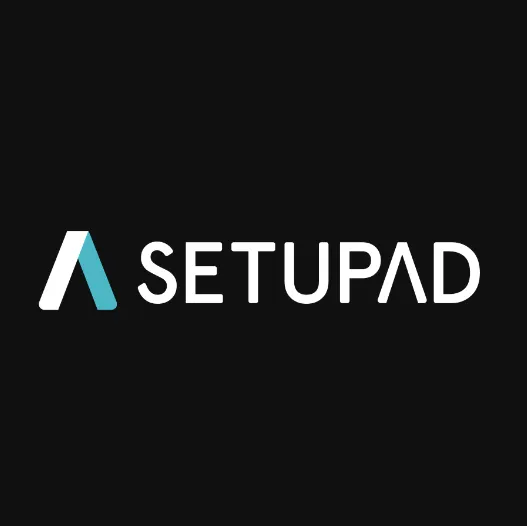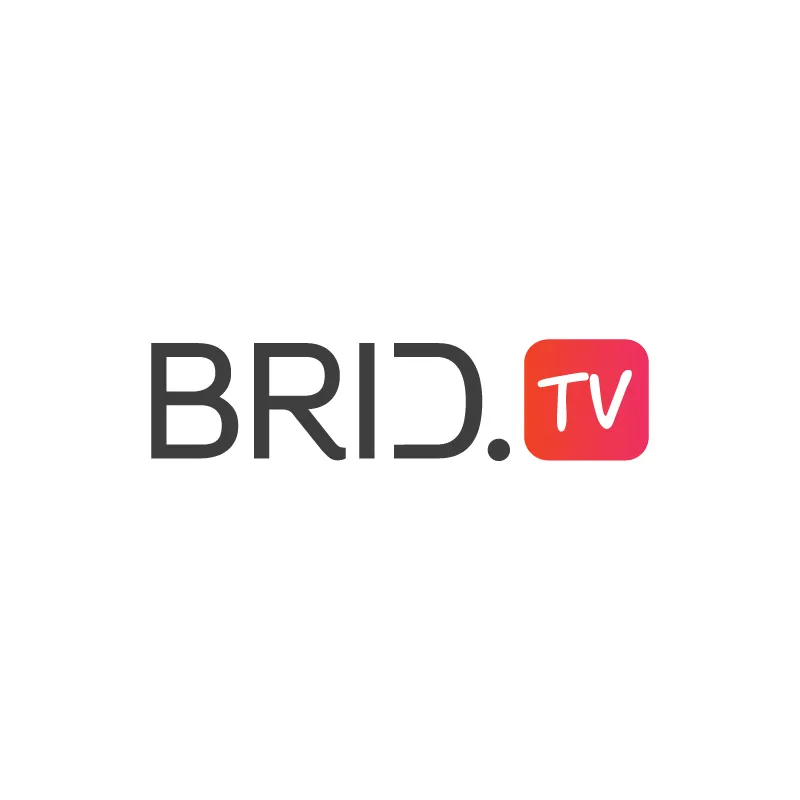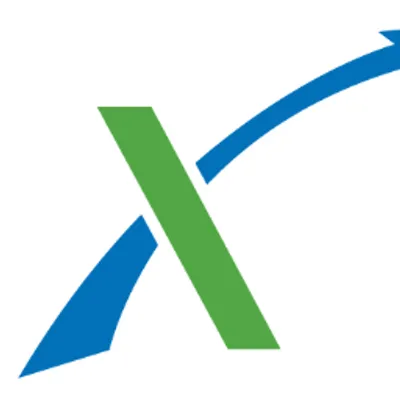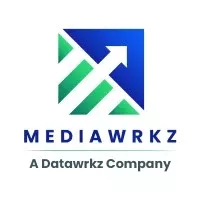Best Supply Side Platforms for Publishers
Supply Side Platforms (SSPs) are software tools that allow publishers to manage and sell their digital ad inventory in real-time to multiple demand-side platforms (DSPs) and ad networks. Gone are the days when demand for your inventory required shopping around for advertisers. Today, many of these processes are done through what we call programmatic advertising, which has made the buying and selling of inventory efficient, faster, and completely automatic. SSPs connect publishers to global demand, maximize pricing through inventory management strategies, as well as aggregate, consolidate, and manage their demand sources. Sophisticated algorithms connect you with multiple ad exchanges and demand-side platforms (DSPs), ensuring the highest possible bids and a consistent revenue stream. Since it is typical among publishers to use multiple SSPs (an average of 5.8 according to Adsterra), finding the best networks can hedge your bets by securing a greater pool of potential buyers.
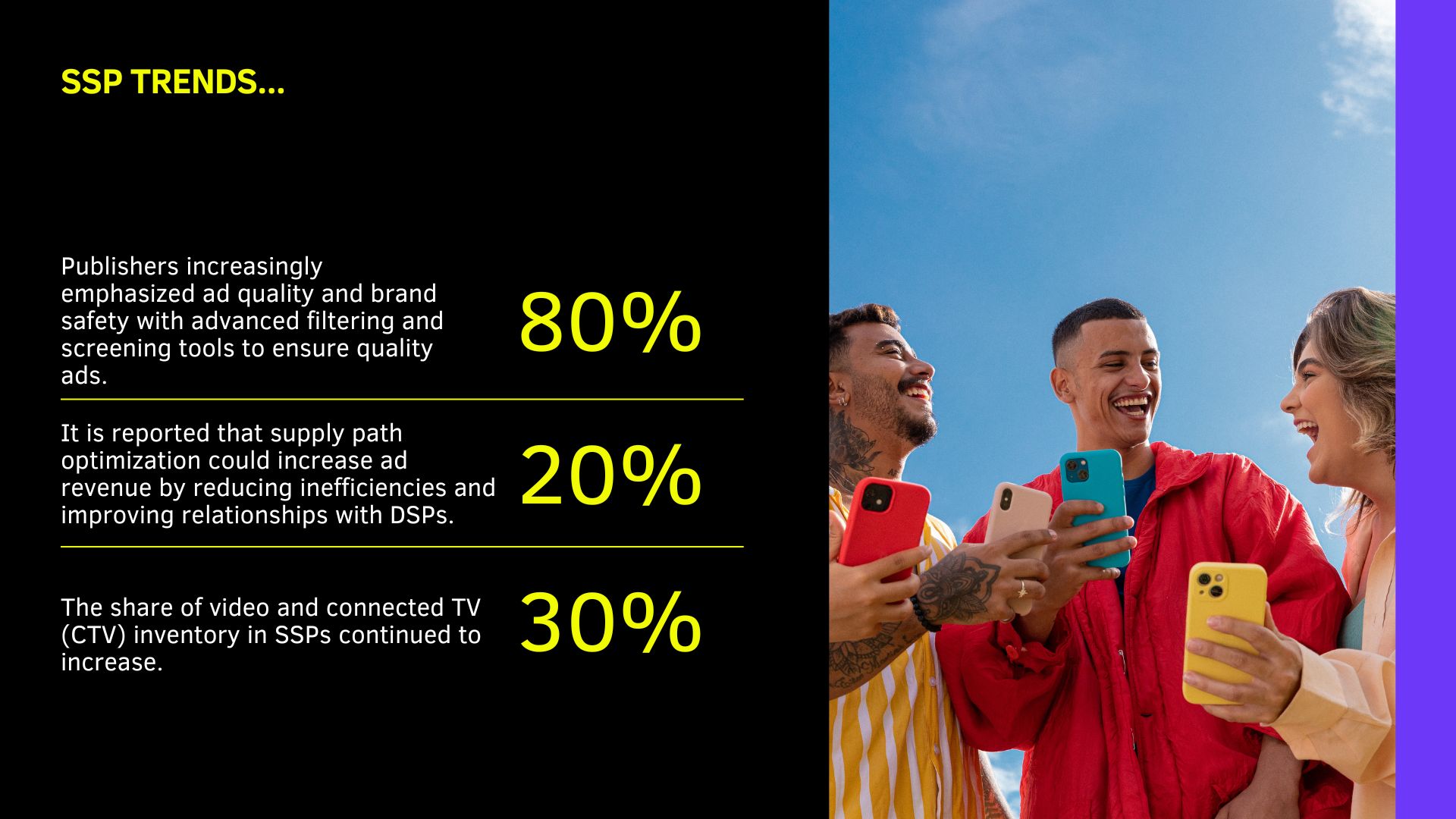
Benefits of Supply-Side Platforms for Publishers
There are several benefits of using a Supply Side Platform (SSP) for publishers:
- Increased revenue: SSPs enable publishers to access a large pool of demand partners. This can increase competition for their ad inventory and ultimately result in higher bids, thereby increasing ad revenue.
- Improved efficiency: SSPs automate the process of selling ad inventory, reducing the amount of manual work required by publishers. This allows them to focus more on content creation and audience development.
- Greater control over ad inventory: SSPs provide publishers with real-time insights into their inventory and the ad demand landscape. This allows publishers to make data-driven decisions about pricing and allocating their ad inventory.
- Better targeting capabilities: SSPs provide publishers access to advanced targeting capabilities, such as contextual and behavioral targeting. This allows publishers to deliver more relevant ads to their audience, which can result in higher engagement rates and ad yeild.
- Enhanced user experience: SSPs help publishers manage the frequency and placement of ads on their website, thus, ensuring that users are not bombarded with irrelevant or intrusive ads. This can help improve user experience and reduce the risk of ad blocking.
Adtelligent is a Supply Side Platform that offers advanced ad serving for publishers in order to increase their revenue via a range of tools that allow programmatic yield optimization like their predictive algorithm that analyzes data in real-time and a white-label solution.
The Supply Side Platform, Pubmatic brings publishers unique demand with detailed analytics to ensure you full control of your opportunities and user experience across various channels and formats. It helps match premium demand to your inventory and drives optimized performance.
Smaato's Supply Side Platform fully optimizes your monetization strategy, while curating your audience's experience accordingly and increasing revenue. It gives you intuitive tools needed with full flexibility and control to deliver good quality ad content.
DiDNA is an ad tech for publishers, SSPs, DSPs, and brands that offers leading advertising solutions for businesses operating in the publisher ecosystem.
Sonobi is an independent, consumer-focused technology company that provides a fair and equitable media marketplace to connect publishers and advertisers.
Ascendeum is a publisher-focused programmatic advertising platform that combines AI-powered optimization with human expertise. Offering comprehensive yield management solutions and 24/7 support, Ascendeum empowers publishers to maximize their ad revenue while maintaining full transparency and control.
How to Choose the Best Supply Side Platforms for Publishers?
The SSP market landscape has no dearth of options for publishers, it ultimately comes down to choosing the best one for your monetization needs and audience. Here are a few key points to consider before you jump in:
- Demand Partners: When considering a Supply Side Platform, it is important to consider its relationships with demand partners, including ad networks, agencies, and advertisers. The extent of these relationships can have a significant impact on your monetization efforts. The SSP should integrate with various ad exchanges to offer you the best demand sources.
- Header Bidding: For publishers, it is imperative that the chosen Supply Side Platform provides a fast and reliable Header Bidding solution seamlessly integrated with their tags. Header bidding can give you access to premium demand and private marketplace deals, enabling publishers to negotiate better terms and higher CPMs.
- Ad Formats Supported: Ensure the supply side platform supports the ad formats you want to offer advertisers.
- Targeting Capabilities: Targeting capabilities is also a factor worth considering. An SSP with advanced geo, demographic, and behavioral targeting would ensure better success rates by reaching the most relevant users.
- Data Analytics and Reporting: The platform should provide detailed performance analytics and reporting to help you optimize your strategies and inventory.
- User Interface: Easy campaign management makes things a lot quicker. The platform should have an easy-to-use dashboard to allow access to key points and smart inventory management.
- Support: Reliable customer support should also be a deciding factor. A responsive platform can resolve issues or questions as soon as they arise, minimizing the chances of losing out on critical ad revenue.
Choosing the best SSP for publishers involves evaluating multiple factors, including revenue optimization, demand access, integration ease, transparency, ad quality, targeting capabilities, and support. By considering these factors and researching the reputation and performance of various SSPs, publishers can select a platform that aligns with their goals, maximizes their ad revenue, and enhances their overall ad management strategy in a sustainable manner.
Supply Side Platform FAQs
Our Editors’ Pick:
Browse these amazing publisher monetization tools handpicked by our team of editors
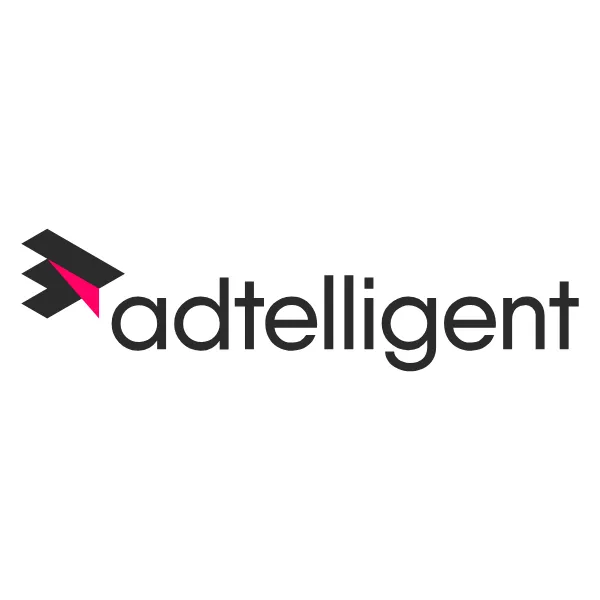
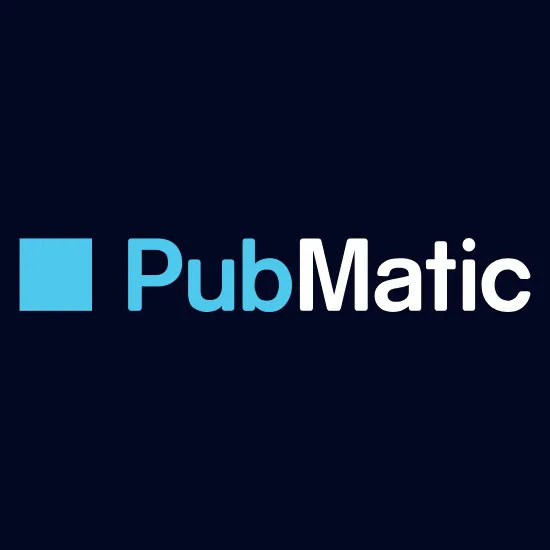

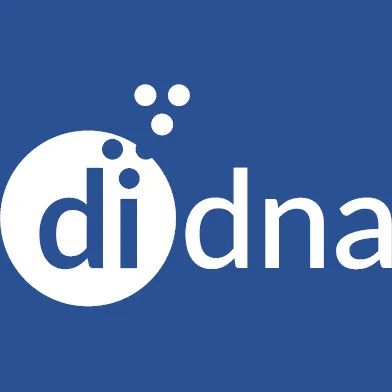
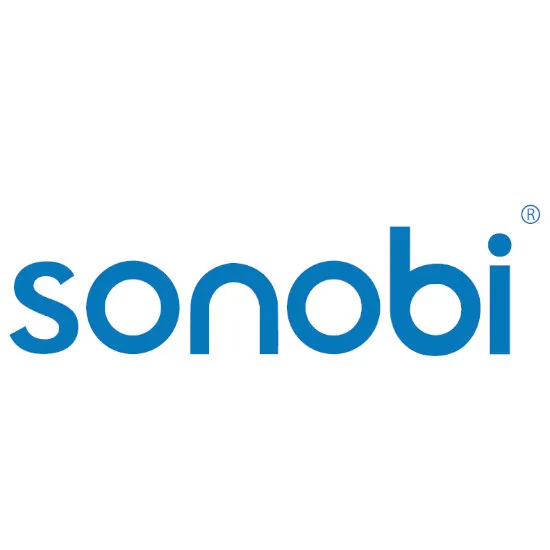
.webp)

